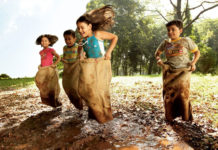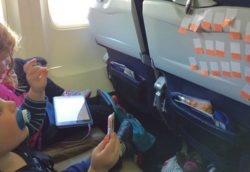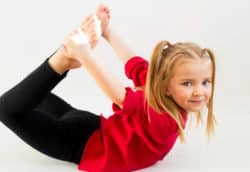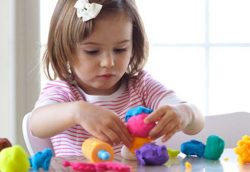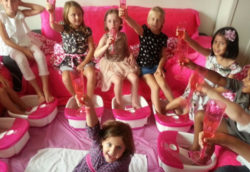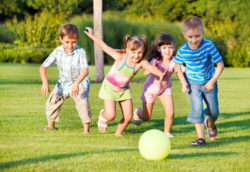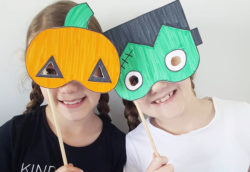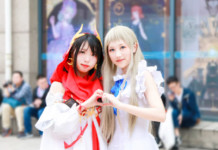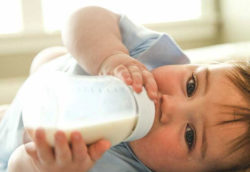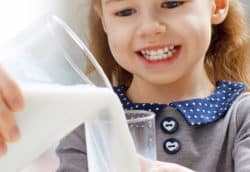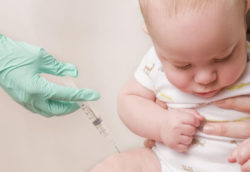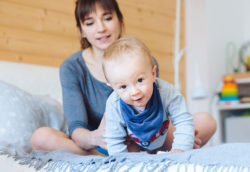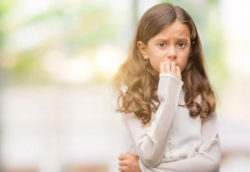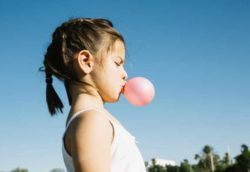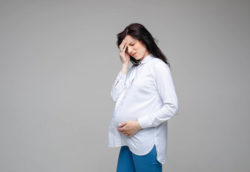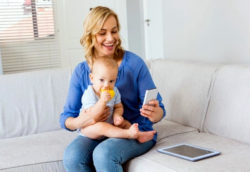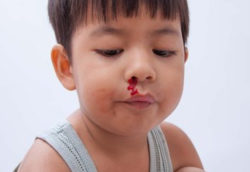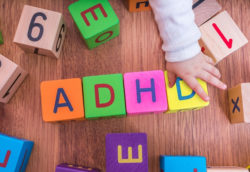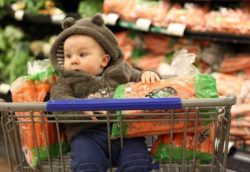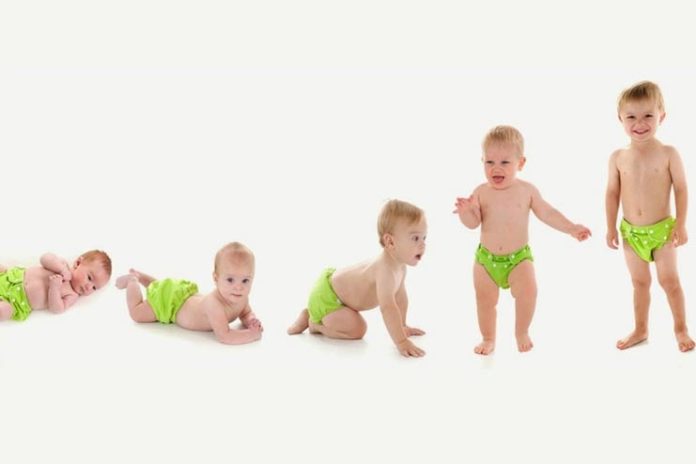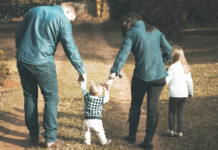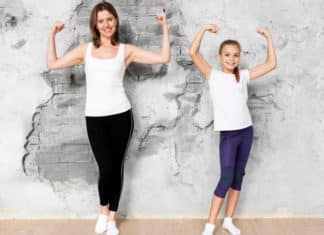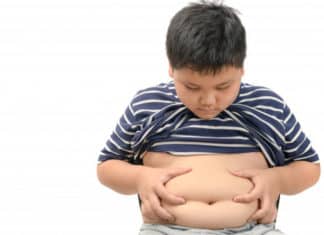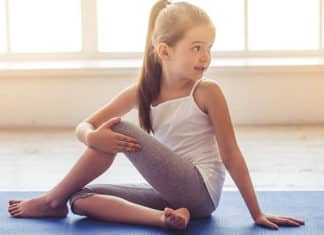Child development is an important milestone in every parent’s life. As children begin to grow, they show different characteristic features in their growth, physically and mentally.
We will discuss here about the behavior patterns, physical development in early childhood and the changes that they show during the developmental state.
Behavior Patterns
In Infants

Infant attachment is a deep emotional attachment, which an infant develops with the primary caretaker, usually the mother. This, in turn, influences the later emotional, social, and cognitive outcomes.
As a parent, you are the most important person in your baby’s life. When parents start to fulfill their needs, infants begin to develop trust. Such infant needs include, holding them when they cry, and changing an infant’s nappy when necessary. Infants try to communicate with the world around them, by crying to express anger, hunger and pain.
Early Brain Development
Generally, 90% of the brain growth occur during the first five years of life as per experts. As the brain grows in a stimulating environment, talking, reading and singing, to an infant will stimulate their brain. The consistent, nurturing experiences have more influence on the baby’s brain.
It is necessary to understand the cues of engagement, as well as the cues of disengagement. Bonding with an infant has an important effect on a child’s life.
Engagement Cues:

A type of behavior that signals the infant’s readiness to interact with caregivers.
The different engagement cues which an infant show are:
- The eyes become bright and wide open, as the infant focuses on the caretaker.
- An animated or an alert face, with wide, bright and open eyes, often accompanied by gently pursed lips, as if the infant was saying an ‘ooh’.
- Smiling.
- Smooth motor movements.
- Grasping or holding onto the caretaker or objects in the environment.
- Hand –to –mouth activity, often accompanied by sucking movements. The infant may suck on his/her fingers.
- Turning eyes, body or head, when someone is talking to them.
Disengagement cues:
Disengagement cues are a type of behavior that signals the infant’s need for.
- An infant getting hiccups
- Crying or fussing
- Becoming red or pale
- Falling asleep
- Any jerky movements
- Frowning
- Moving his or her eyes or head away from the caretaker.
- Agitated or thrashing movements.
Physical Development in Early Childhood

Some of the physical development milestones, you can expect in the first six months of your baby’s life are
In the First Month:

The weight of a baby may be dropped after birth, but will be regained quickly. Reflex motions are shown through the hands, legs, arms and all other rooting movements. They usually have an eye focus at 18 to 45cm. The head is usually supported at this stage. An infant at this stage usually stares at high contrast patterns and objects but does not reach. They even recognize their mother’s voice, and are startled by any noise.
In the Second Month:
The physical development in early childhood, shown in the second month of an infant’s growth is the baby lifts head about 45 degrees while lying on tummy, the hands start to unfold and they may try to reach and grasp an object for a short time. Other developmental changes shown are, they may roll over one way and the eyes move in unison and can track close moving objects.
In the Third Month:

An infant during this stage stretches out arms and legs. They even roll over from back to side, and holds head up to search for sounds and movement. In addition, they respond to high, detailed contrast objects, discover feet and hands, and swipes with arms. They try to hold objects for longer periods of time. He/she may bear weight on legs. Their first tiny tooth impressions start to appear.
In the Fourth Month:

The baby at this stage, stands up and holds weight with the help. They even roll from front to side, and reaches for objects. The head lifts about 90 degrees, and hold hands together, and sits with arms propped.
In the Fifth Month:

The physical development in early childhood, shown at the fifth month of an infant’s growth is they roll over from front to back and wiggle forward on the floor. They even grab the toes and feet and transfer objects from hand to hand, and also reaches objects with a good aim.
In the Sixth month:
The baby at this stage, holds his/her head steady, and rolls in both the directions. They grasp small objects and study them even. He/she will sit with their back straight, when propped.
Social and Emotional Development in Infants

From 0-3 months

Infants, during the first few months, learn to identify and respond to their own needs and feelings. They even develop trust and create a bond with their parents and new family. An infant’s social and emotional development, develops by becoming more aware of other people that are around them.
The social and emotional development in infants during this stage shown are, they develop a social smile; use facial expressions and body language for communication to express themselves. They stare at people and enjoy interacting with other people.
Other features which the baby show are imitation of movements and facial expressions, and make eye contact when held close to an adult. They are alert and show excitement, when prepared to feed. Also, they recognize who their mum and dad are. An advantage to a new parent at this stage, is they sleep most of the time. All these are part of baby development.
From 3 to 6 months:

This stage is usually known as the most lovable age. The infants at this stage, become more interested in the world around them and begin to explore their own body. They begin to laugh out loud for no apparent reason, and show various signs of emotions such as joy, fear, anger, interest, surprise and disgust as facial expressions. At this stage, they even hold conversations together, and will socialize with people through babbling.
The different changes shown at this stage are they recognize their parents and familiar people; also recognize themselves in the mirror. They attempt to say words, and when happy make vocal sounds.
An infant at this stage, responds to his/her name when called, and laughs when tickled or amused. To show different signs of emotions, they use their facial expressions, and moves head to the sound of voices. They are more flexible in eating and sleeping patterns, and become upset when their needs are not met. During social interactions, they laugh with it and begins to self soothe when tired or upset by thumb sucking. They tend to become upset, when a parent leaves the room and even show wariness of strangers. A baby enjoys social play and responds to other people’s expression of emotion.
Supraja




